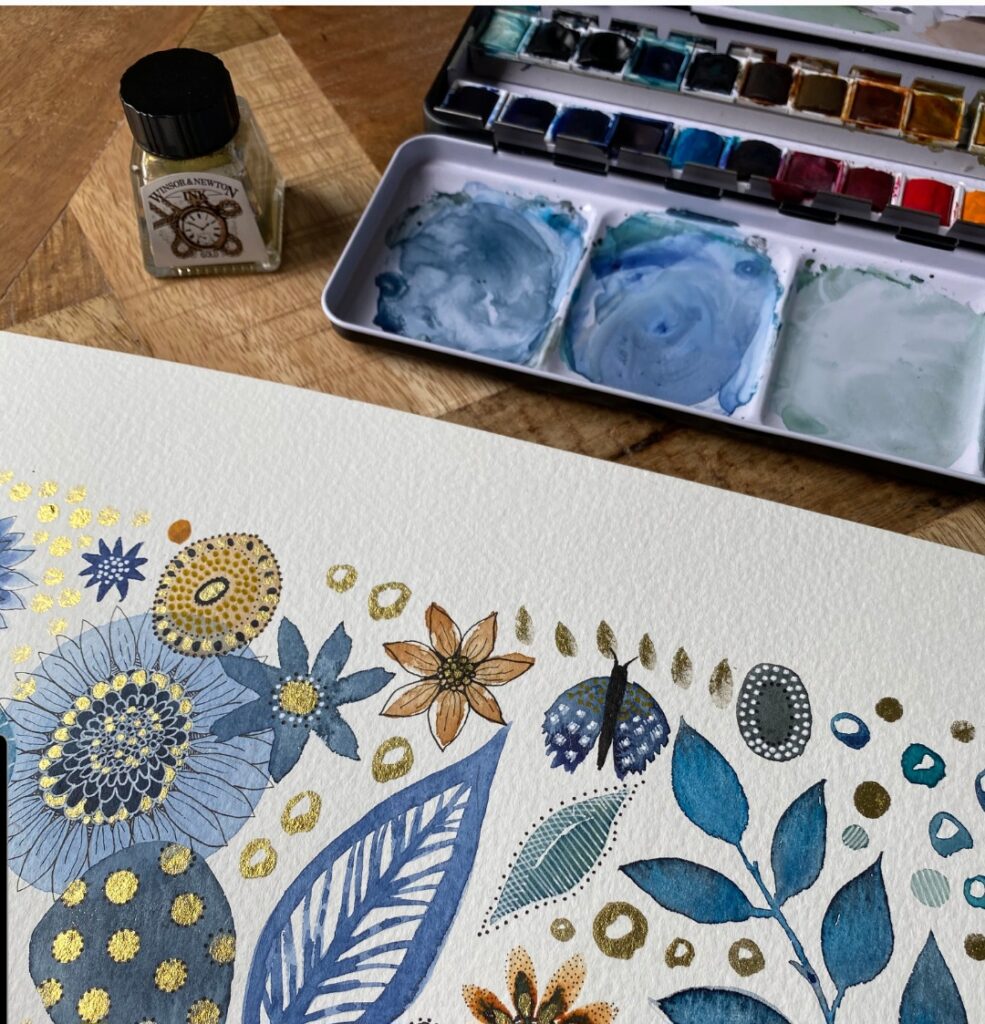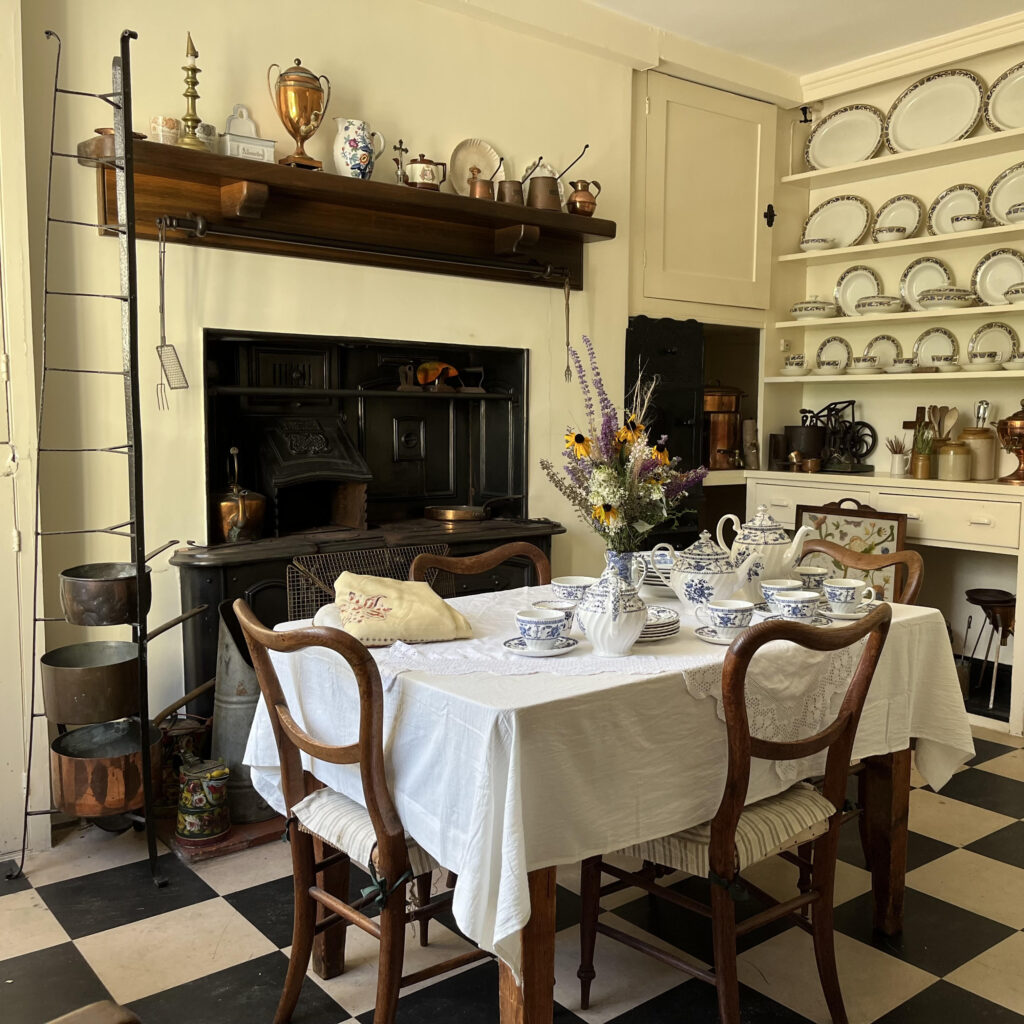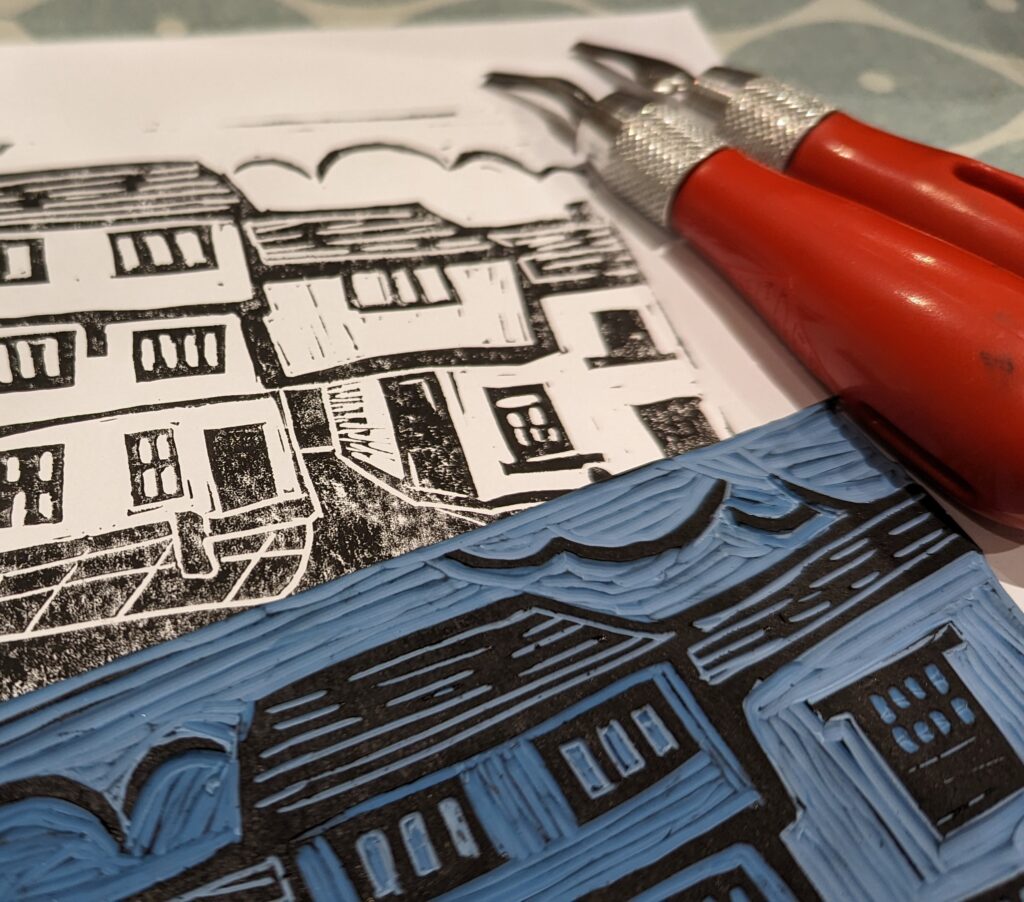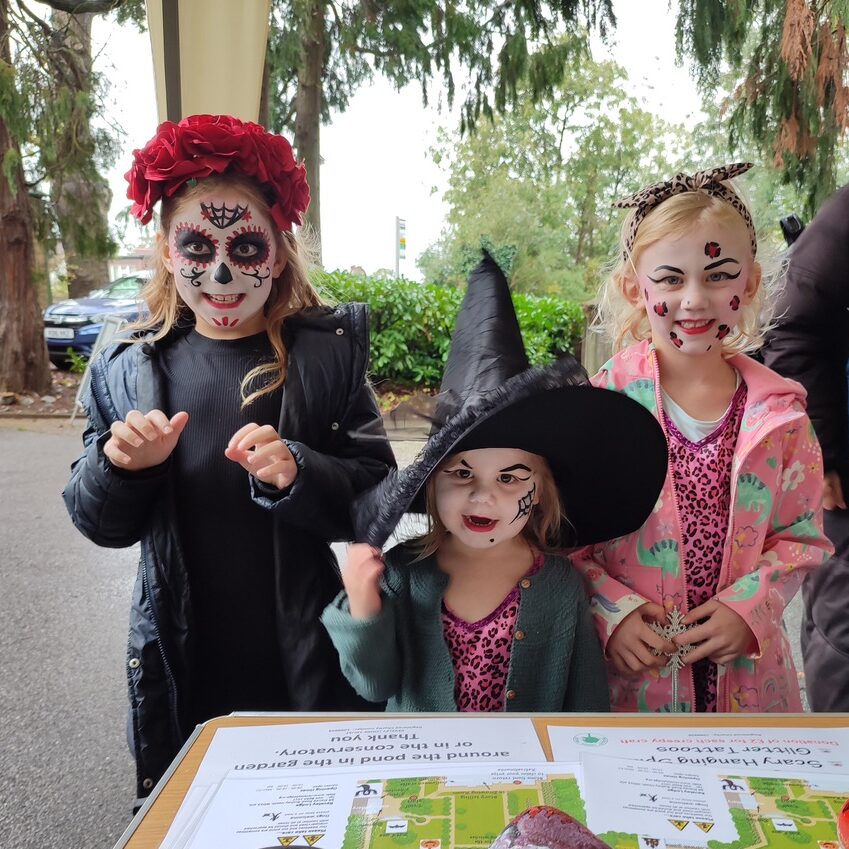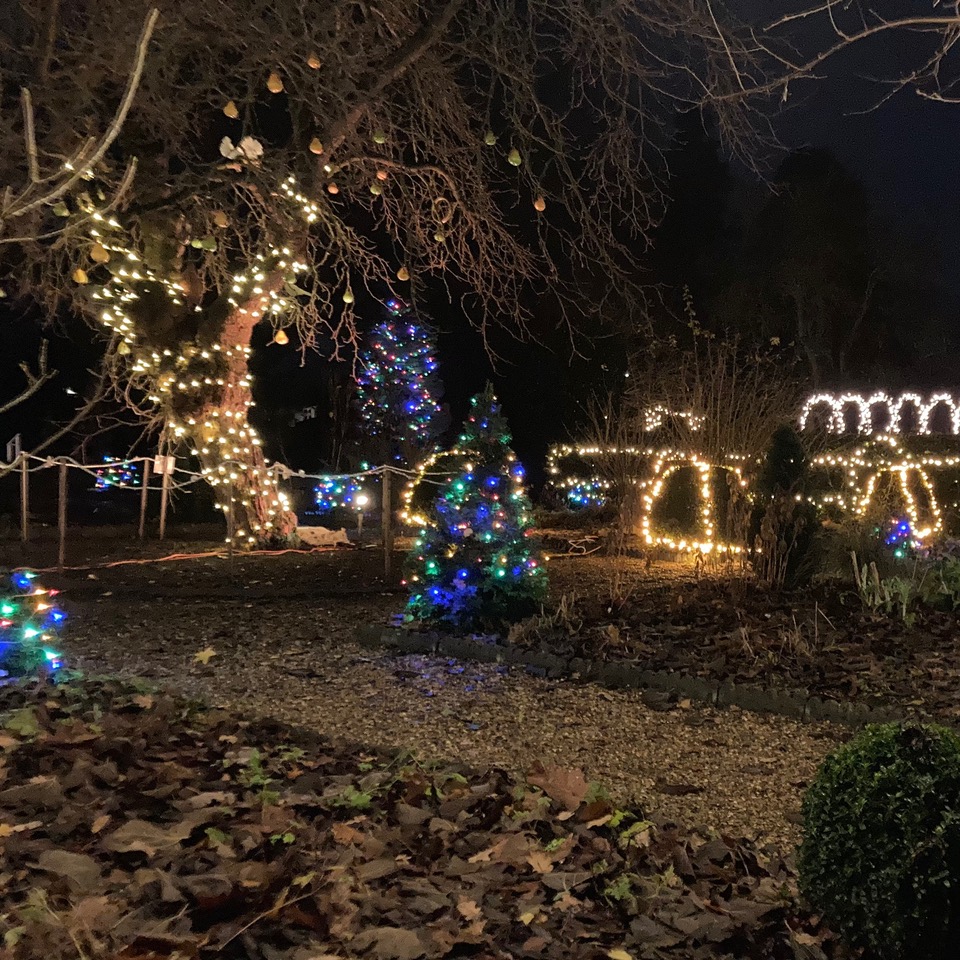Sarracenia

- Common name: Pitcher Plant
- Type: Deciduous or evergreen perennial
- Flowering:
- Height and spread: 0.1 to 0.5 m
- Soil: Moist and poorly drained acidic soil
- Aspect: Sun or partial shade
- Hardiness: Hardy
- Care: Easy
Want to find it at Reveley? Look in the conservatory.
A native of North America, the Sarracenia is a carnivorous plant. Insects are lured to the plant by its colour and the scent it exudes from the lip of the trap. The rim of the pitcher shaped trap is slippery, making it difficult for the insect to escape – as it slides into the funnel the downward pointing hairs make it impossible for the insect to free itself until it reaches the poison laced nectar. Where it is finally digested by the plant’s enzymes.
Sarracenia’s have wide strap shaped leaves, flowers held high on long stems and tubular traps topped by a slightly sinister looking fan shaped flap or hood. Hence its more descriptive name of The Common Pitcher Plant.
Carnivorous plants, are reasonably easy to grow, children find them fascinating, and can be an excellent way of controlling flies.
You would think that the Sarracenia would be free of pests, but they can be susceptible to attack from scale insects, mealy bugs and aphids! But, on the plus side are generally disease free.
Keep Sarracenia’s moist, in equal parts of moss peat and washed sand in a tray of rain water. They like good light levels and high humidity. They can be grown outside on the patio during the summer. Sarracenia’s need an acidic potting compost with moss and must be watered with lime free water such as rain water. To overwinter, reduce watering, but do not allow to dry out, temperatures between 0°C and 15°C.
Propagate by either seed or from rhizome cuttings. In the wild seeds are dispersed by hydrophobic – flowing water. Seeds can take up to five months to develop.
Sarracenia’s are native to bog land, which is poor in nutrients. Most plants absorb nutrients from the soil through their roots. Boggy land tends to be poor in nutrients, so carnivorous plants such as the Sarracenia’s have evolved to top up their nutrient levels by devouring bugs. But, they still need to attract pollinating insects – so how do they manage to do this without trapping and killing the pollinator? The flowers are high above ground for the benefit of the flying pollinators and their food traps are lower, closer to ground level.
